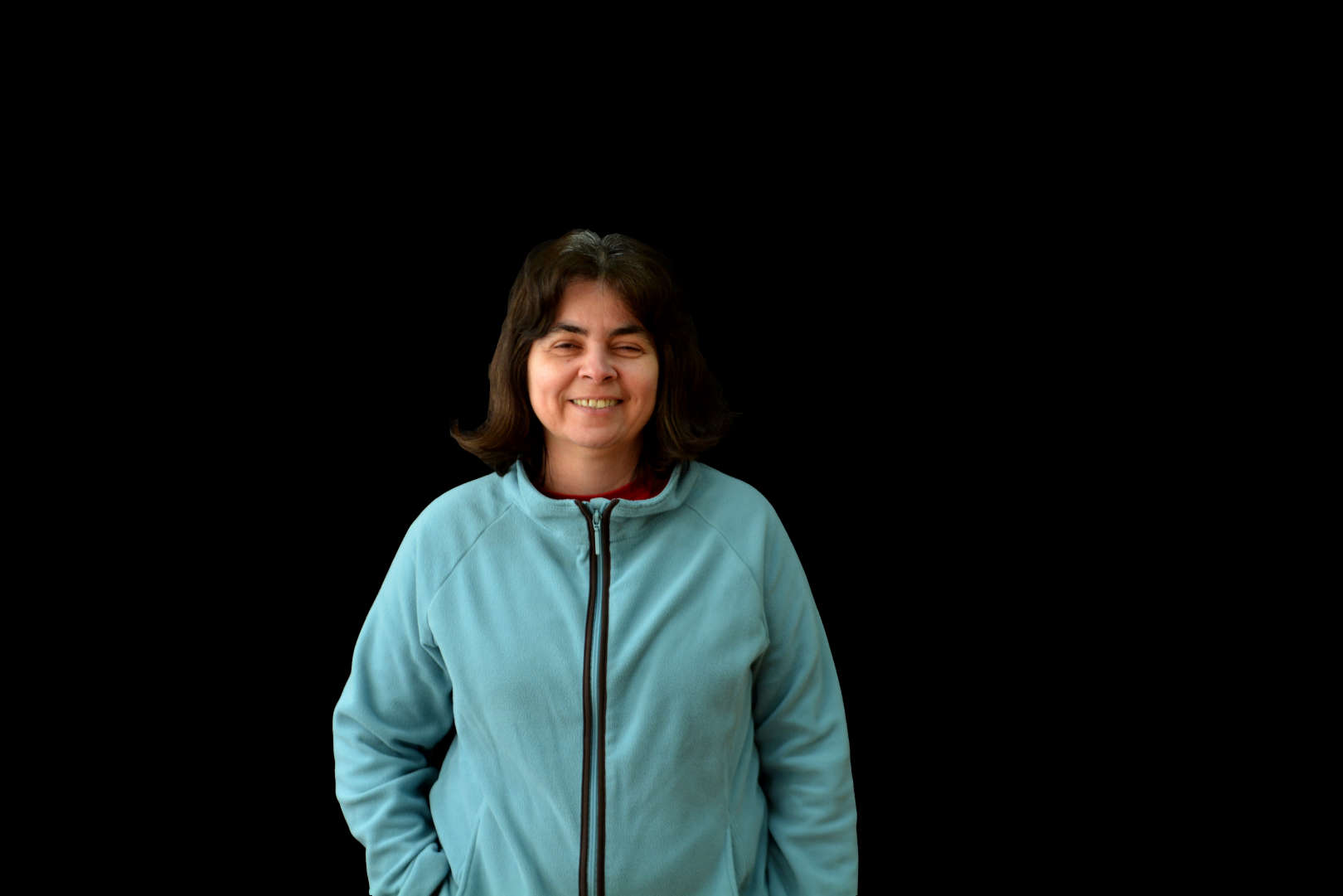About
I am a lecturer in the Department of Computer Science, School of Sciences of University of Porto, Portugal. I obtained a B.Sc. degree in Computer Science from State University of Rio de Janeiro, Brazil, in 1985, and an M.Sc. degree in the Systems Engineering and Computer Science department of Federal University of Rio de Janeiro, Brazil, in 1988. My Ph.D. degree was obtained from Bristol University, UK, in 1995. In 1998, I started as a lecturer in the Department of Systems Engineering and Computer Science of COPPE, an institution for postgraduate studies in Engineering, at Federal University of Rio de Janeiro, where I taught courses on Operating Systems, Concurrent Programming and Topics on High Performance Computing, at M.Sc. and Ph.D. levels, and Artificial Intelligence and Logic Programming, at undergraduate level. In Februrary 2007 I moved to Portugal where I am now located. During the periods between October 2001 and December 2002, April 2004 and March 2005, Aug 2010 and Feb 2011, and Oct 2014 and Mar 2015, I worked as a visiting researcher at University of Wisconsin-Madison, USA, in the department of Biostatistics and Medical Informatics, and at the Radiology Department of the School of Sciences and Public Health. During these periods, I worked for machine learning projects funded by NSF, DARPA and American Air Force (projects COLLEAGUE, EELD and EAGLE), and NLM (Project ABLe) and started to work with applications that demanded a huge amount of resources. At this time, I had the opportunity to work with the Condor team, and to largely use the Condor resource manager to run experiments. My main research areas are Logic programming, Inductive Logic Programming, and Parallel Logic Programming systems. I served as Program Comittee member of several workshops and conferences in these areas. I supervised several M.Sc. and Ph.D. students in these areas. I have more than 80 publications in conferences and journals. I also participated or was the principal investigator of several projects funded by CNPq (Brazil), FCT (Portugal) and the EU. I am a member of the EELA (E-science grid facility for Europe and Latin America) initiative, whose main objective is to promote and maintain the infrastructure of hardware and software between Europe and Latin America. Currently, I have been working on machine learning techniques based on Inductive Logic programming, but still using parallelzation and grid environments to be able to perform machine learning experiments.


